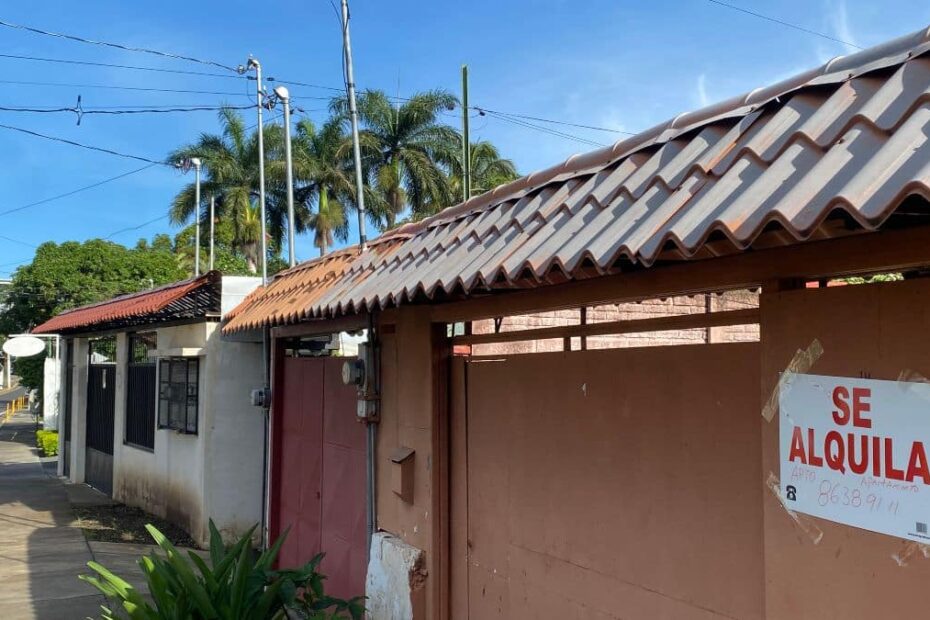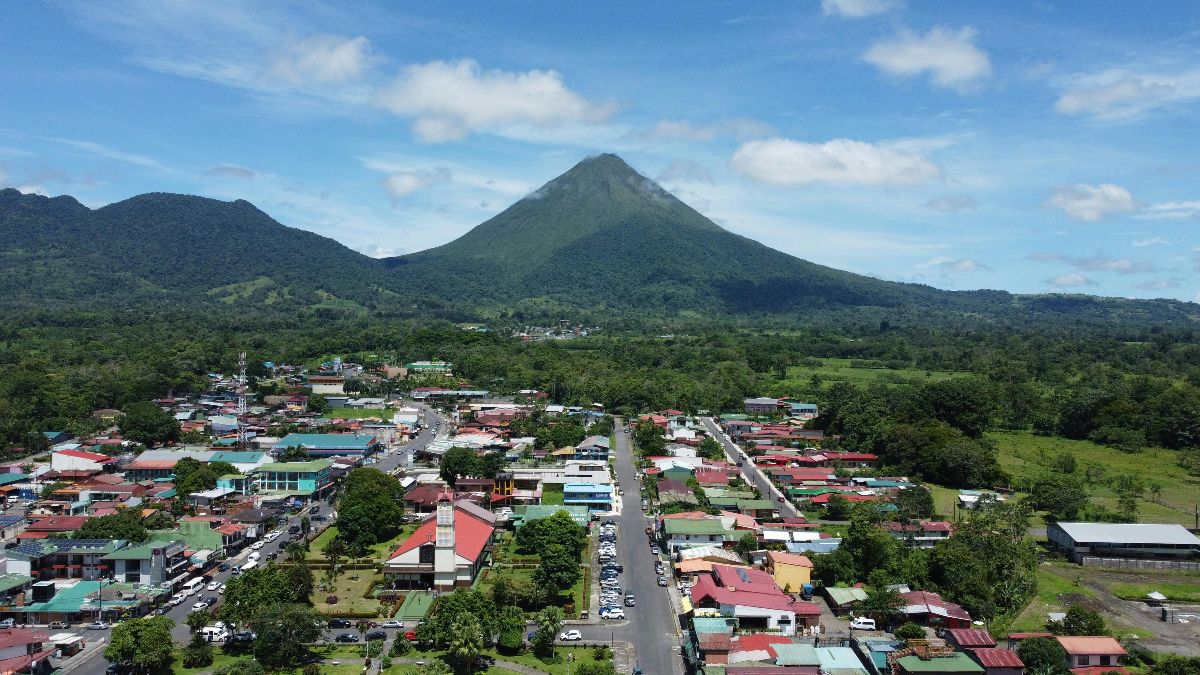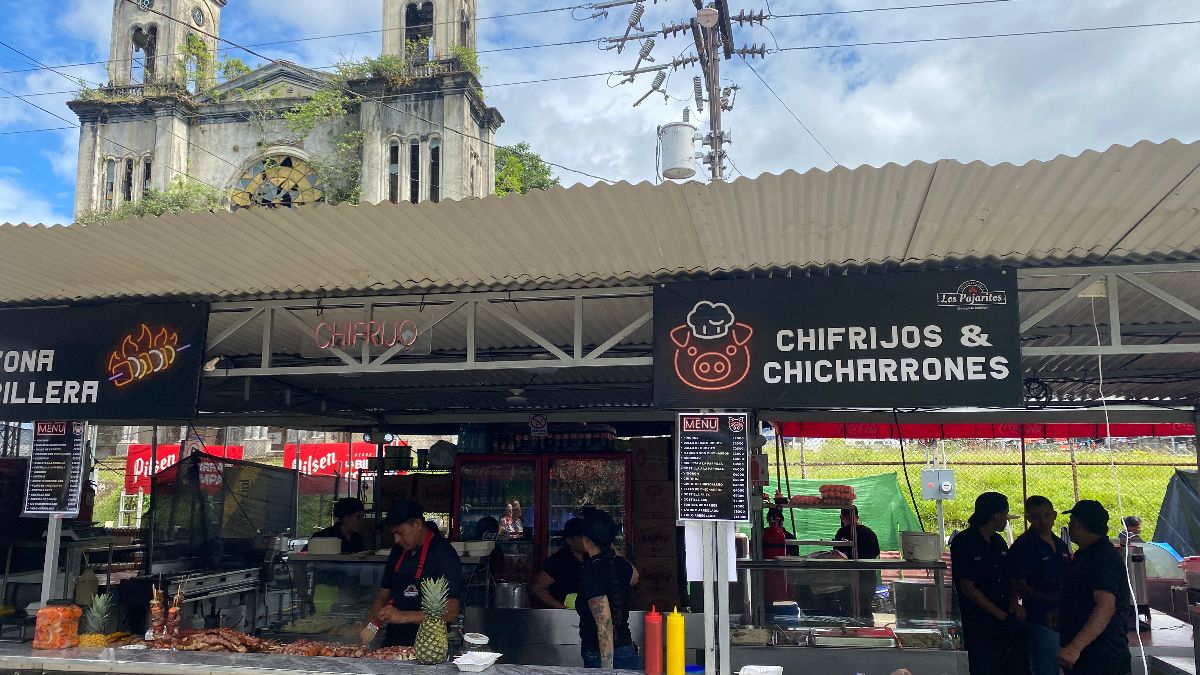Securing long term rentals in Costa Rica at fair prices means thinking like a local, not a tourist. This practical guide walks you through the most effective search methods, from Facebook Marketplace tactics to old-school sign hunting.
If you’re thinking of moving to Costa Rica and get online first to ask questions, you’re probably going to head to the expat Facebook groups. Think what you like about Facebook, but for newbies, the expat groups can be helpful once you get past the real estate hawks, U.S. political crap, and every other oddball on these things.
Once you get through the noise, you’ll find useful answers from people who actually live in Costa Rica and want to help. The first thing people will say when you ask about renting is congratulations for not buying. This is actually valid. Most people agree that renting for at least a year or two after arrival is much better than buying. Most people moving to Costa Rica leave after a couple of years, and being stuck with a house that may be difficult to sell is a nightmare. Pretty much everyone will tell you that, except for the real estate vampires.
So how do you find your long-term rental in Costa Rica? In this article, we collate a bunch of helpful answers from some of the most popular Facebook groups to this very question.
Where to Look: Online Resources and Boots on the Ground
The number one advice from seasoned expats is simple: Act like a local and not like a tourist. Facebook Marketplace is the gold standard for finding local rentals at local prices. Set your location to your target area and communicate in Spanish. If you can’t speak Spanish, use AI or Google Translate initially without revealing you’re a foreigner. And then learn Spanish. This strategy alone can save you hundreds monthly by avoiding automatic gringo pricing.
Local Facebook groups run by Ticos offer the best deals. Search for community groups like Alquileres Tamarindo y Villareal or Alquileres en Jaco or, basically, any page or group with the word “alquileres” in it. Encuentra24 is the largest local classified site and Craigslist – believe it or not – still exists, too. But again, you really need some Spanish here with all these.
Don’t underestimate old-school methods. Driving or walking around neighborhoods looking for “Se Alquila” (For Rent) signs often uncovers properties never listed online. Supermarkets often have boards where landlords post rental info. These methods are how most Ticos find their homes. Word-of-mouth networking is invaluable. Chat with Uber drivers, hairdressers, or any locals you befriend; they often know about upcoming rentals before they hit the market.
View this post on Instagram
Understanding the Costa Rican Rental Market
If you’re looking for a place at the beach, Costa Rica’s rental market operates on seasonal patterns that affect both availability and pricing. High season runs from December through April, coinciding with North American winter and Costa Rica’s dry season. During these months, rental prices peak and competition intensifies as tourists and snowbirds flood popular areas.
Smart renters search at the start of the low season when property owners become more flexible and prices drop. Well, that’s the idea anyway. Note that things don’t always work like this now, and many rental properties in beach and tourist areas now cater for short-term stays instead of long-term. It’s a major problem that’s pricing out locals and making living in these areas much more difficult than it used to be.
Location Location Location
Location makes a difference in what you’ll pay. The Central Valley offers the most reasonable prices, while beach towns command serious premiums. In the Central Valley expect to pay around $600-$1,200+ monthly for a decent place, depending on size, location, and amenities. There are still pockets in upscale areas where you can find local pricing if you know how to look. If you’re interested in countryside living where gringos hardly tread, you can often pay way less, albeit for a “Tico-style” home.
Before we go further, we should explain what a “Tico-style: home is. We actually hate this label because it’s incredibly patronizing (you know, like Ticos don’t live in “nicer” homes), but we use it here because you’ll see it used often in the expat groups. Basically, a “Tico-style” home is a more basic place. Think tin roof, probably no hot water, suicide showers, etc. But we digress.
The “gringo tax” thing is real. Properties in expat/tourist-heavy areas automatically command 30-50% premiums. A two-bedroom apartment costing $1,200 monthly in areas popular with wealthy foreigners might rent for half that in nearby neighborhoods. That’s called gentrification and it’s pissing a lot of people off nowadays, as locals also get caught up in the pricing bubble.
Furnished (amueblado) rentals typically cost 20-30% more than unfurnished (sin muebles) options but make sense for stays under 12 months or if you know you’re not sticking around Costa Rica forever. Most contracts require one month’s rent as security deposit.
View this post on Instagram
What to Look For (and Red Flags to Avoid)
- Property inspections require attention. Test water pressure and hot water functionality – many properties have unreliable systems or no hot water at all. Check for water damage or mold, common in humid climates but often hidden behind fresh paint. Test air conditioning units thoroughly in case replacing them becomes your expense. And note that A/C can become extremely expensive quickly – if you’re in the Central Valley, note that you don’t need it at all.
- Internet reliability varies and can make or break remote work arrangements. Central Valley locations offer the most reliable service, with fiber increasingly available offering 100-500 Mbps speeds. If rent includes internet, it might well be slower than you might need. In that case, get your own internet and see about lowering the rent. You can get your own account with a provider or even hook up with Starlink or other satellite services.
- Security matters. Look for proper lighting, secure locks, and window security bars. Gated communities offer peace of mind but add HOA costs of $50-150 monthly. Having a dog is always a good idea, though you need pet-friendly housing which is another issue, although easier than it used to be.
Contract red flags include vague damage definitions, excessive cleaning requirements, and currency exchange clauses favoring landlords. Never wire money or pay deposits before viewing properties in person. Landlords requesting Western Union payments or claiming to be “out of the country” are classic scam setups. Trust your instincts – if something feels off, walk away.
The Application and Lease Process
Costa Rican rental contracts aren’t as standardized as back home, meaning room for negotiation but also potential confusion. Most long-term leases run for a year. Standard setup involves first month’s rent plus security deposit equal to one month’s rent, paid when you get keys – not before. That said, depending on the landlord and specific circumstances, you can sometimes pay a percentage of the deposit in advance and then the rest of the deposit plus rent when you move in.
If your lease is in US dollars, rent stays stable but you might pay a premium. Contracts in colones can be cheaper initially but expose you to exchange rate fluctuations. Rental laws treat dollar contracts differently from colones contracts – colones contracts can increase yearly while dollar contracts are set for three years. Many landlords might try to ignore this, so be aware. One thing here, though, is that these rental laws were set when the colón was continuously losing value against the dollar. Now it’s the opposite, so who knows?
Documentation requirements vary, but having your passport, proof of income, and references ready speeds things up. The key is building trust with the landlord – Costa Ricans value personal relationships, and establishing rapport often matters more than perfect paperwork.
View this post on Instagram
Wrap Up
Finding a perfect long-term rental in Costa Rica requires patience. The expat Facebook groups, despite their noise, consistently point to key strategies: search locally using Spanish-language platforms, avoid tourist-focused areas for better pricing, and build relationships rather than rushing transactions.
The rental market rewards those who do their homework, respect local customs, and approach the process with realistic expectations. Remember that renting first isn’t just about saving money – it’s about discovering whether Costa Rica is even right for you. This exploration process prevents the much costlier mistake of buying in the wrong location and regretting it later.



